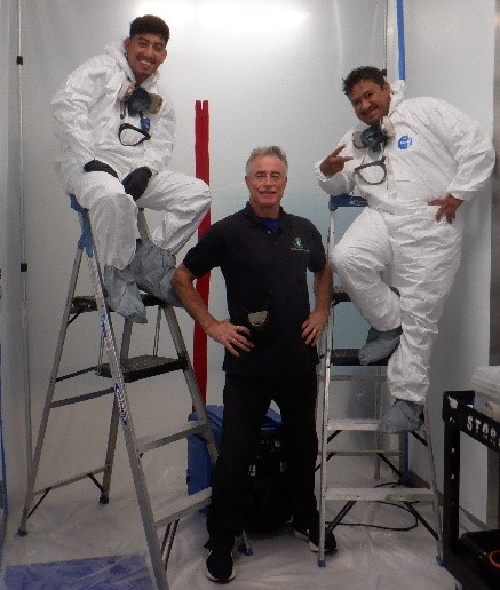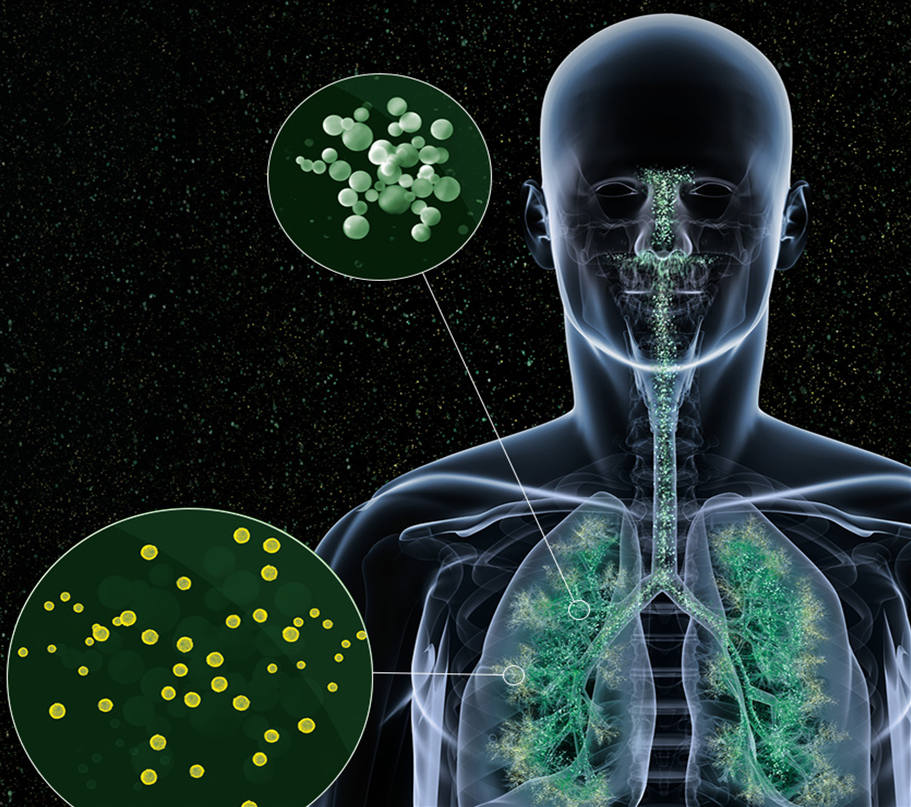Conclusion
Testing for actinomycetes and endotoxins provides a detailed picture of your home’s microbial environment. This dual approach ensures that both dry and moist areas are analyzed, helping you take informed steps to improve your indoor air quality and reduce health risks.
Comparing Human and Environmental Samples

By sampling both your skin and sinuses, along with house dust, we can compare the presence of endotoxins and actinomycetes in your body with those in your environment. This comparison helps us determine if your symptoms are related to your home’s contaminants or if there are other factors at play.
Recommended Locations for Actinomycetes Skin Sampling
According to Dr. Shoemaker and EnviroBiomics, recommended locations for actinomycetes skin sampling include areas with high concentrations of sebaceous glands and oil glands. These areas are prone to harboring actinomycetes due to their moist and oily nature. Specifically, the following locations are ideal for sampling:
- Face: Especially the forehead, nose, and chin, where sebaceous glands are most active.
- Scalp: Rich in sebaceous glands, making it a prime area for sampling.
- Upper Back and Chest: These areas also have a significant number of sebaceous glands, providing useful samples.
These locations are effective for detecting actinomycetes and understanding their presence and impact on your health. For more information, you can refer to Dr. Shoemaker’s detailed explanations on Surviving Mold – Actino Central.
Nasal Pharynx Testing for Actinomycetes
Dr. Shoemaker emphasizes the importance of nasal pharynx testing for actinomycetes as part of diagnosing Chronic Inflammatory Response Syndrome (CIRS). This type of testing is crucial because actinomycetes can colonize the nasal passages, leading to chronic sinus infections and other inflammatory responses. Nasal cultures help identify pathogenic organisms and their antibiotic resistance patterns, guiding effective treatments to eradicate the infection and reduce inflammation.
Crossover Symptoms of Endotoxins and Actinomycetes

- Chronic cough, wheezing, and shortness of breath
- Persistent fatigue, brain fog, and difficulty concentrating
- Rashes, itching, and skin lesions
Testing Options for Endotoxins and Actinomycetes
Actino Testing:
- Actino Skin: Tests for 5 toxic species.
- Actino Nasopharynx: Tests for toxins-producing species in the sinuses.
- Actino Environmental Dust: Tests for actinomycetes in house dust.
Endotoxin Testing:
- Endotoxin (LAL) Test: Measures endotoxin levels.
Total Cost for All Four Tests Has a Discounted Consultation Cost.
Conclusion
The premise of why we test is to determine if the current level of exposure is below the threshold that triggers an immune response. If not, we can continue to adjust our behaviors and remediation efforts to reach that critical baseline so that recovery and improved health can begin to occur. Testing for endotoxins and actinomycetes, along with sampling your skin and sinuses, provides a comprehensive view of your exposure and helps us develop an effective plan to address your symptoms. This holistic approach ensures that we consider both environmental and biological factors, ultimately leading to better health outcomes.
Please let us know if you have any questions or need further information.
Sincerely, Steve McLeod










